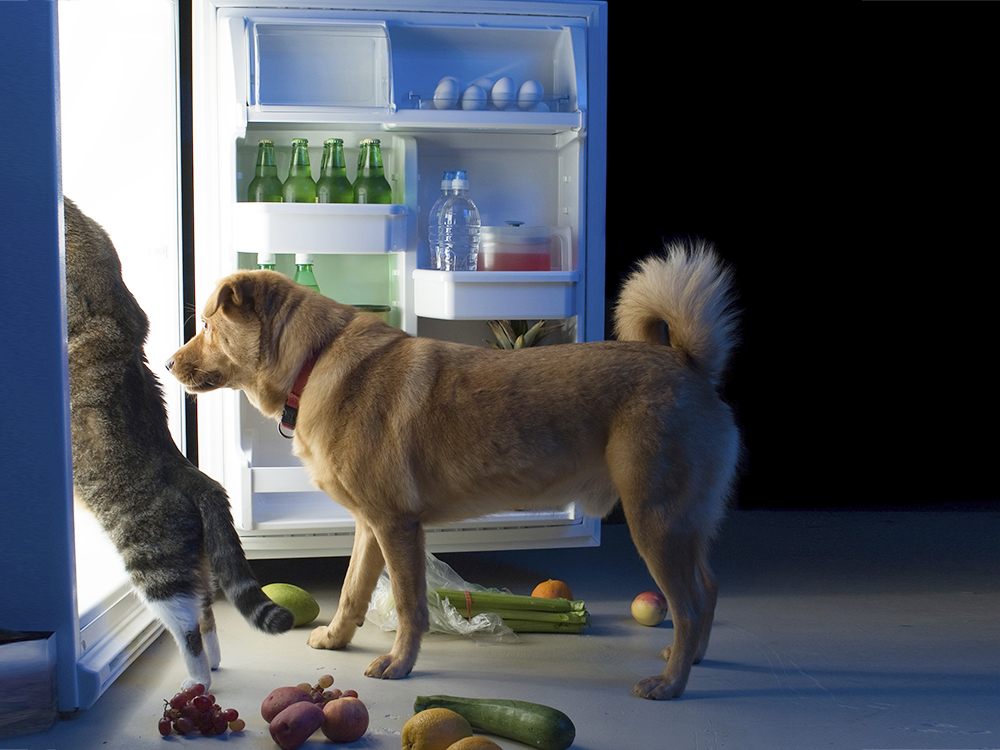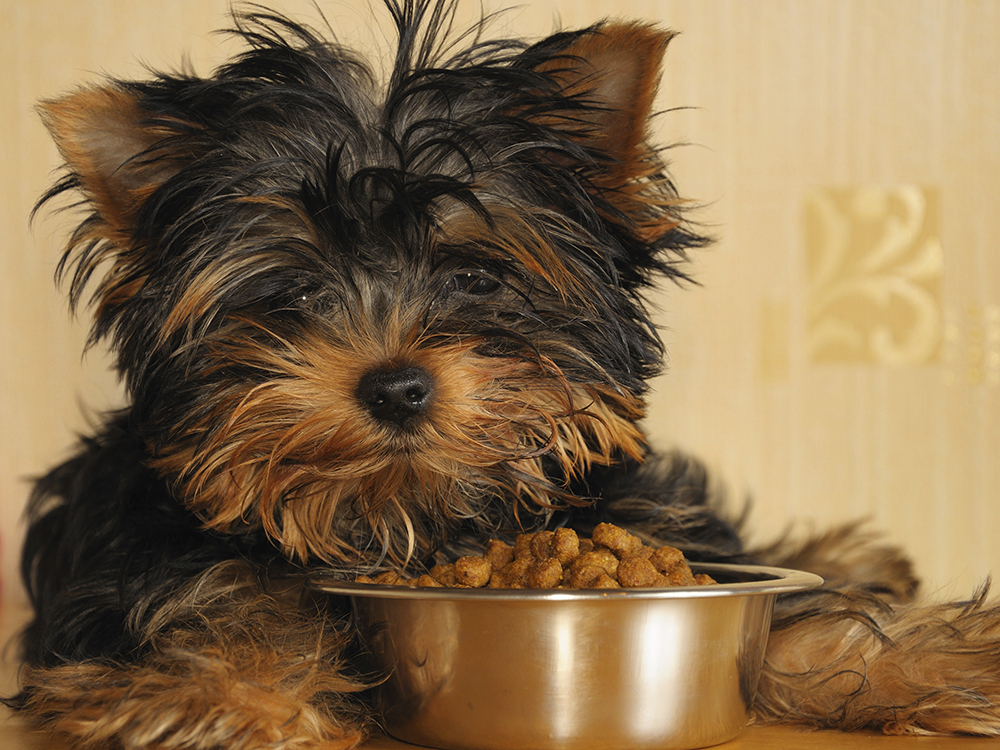Cat and dog nutrition is an important aspect of pet ownerships. After all, who can resist giving a french fry when sad puppy dog eyes are pleading? However, their digestive systems sometimes can be a bit more sensitive to fatty foods than ours. There are also a few foods that are toxic to animals, and others that may produce unpleasant side effects for the owner.

Pancreatitis is an inflammation of the organ that releases digestive enzymes and helps the upper gastrointestinal tract process foods. Pancreatitis can be very serious, causing vomiting, diarrhea, dehydration, electrolyte imbalance, and sometimes death. Animals that recover from pancreatitis may be more susceptible to developing other diseases, such as diabetes, in the future. Pancreatitis in dogs is often caused by an intake of fatty food, such as when a dog gets into the garbage pail and eats leftovers that have been discarded. Early symptoms of pancreatitis may be decreased appetite, lethargy, and nausea. It is important to seek immediate veterinary care if you suspect that your dog might have pancreatitis from a recent romp in the garbage pail, because treatment for pancreatitis usually involves intravenous fluids, antibiotics, and special nutritional support. The diagnosis of pancreatitis can be confirmed with blood work by your veterinarian.
Some foods, such as chocolate, grapes, and onions can be toxic to animals. Chocolate, especially dark or baker’s chocolate is especially toxic to dogs. Eating grapes has been associated with kidney failure in dogs. Onions render the red blood cells incapable of transporting oxygen to cells.
Feeding animals human food can also develop bad habits such as begging, kitchen raiding, and picky appetite. These habits can be very hard for a pet owner to break once they have been instituted. Some animals will refuse to eat pet food completely after exposure to human food. The best advice is to stick with a quality pet food for your new family member from day one.

There are many new “homemade diets” on the internet. Some of these diets are well-balanced and are beneficial to the animal. However, some of these diets lack some essential vitamins and minerals, and deficiencies of these can lead to serious medical conditions. Before starting any homemade diet, or pet food from a source other than a reputable pet food company, it is a good idea to check with your veterinarian. Some owners enjoy cooking and preparing foods for their pets, while others find it to be a burdensome inconvenience. Many homemade diets focus on increasing the vegetable content of the diet. This is beneficial to the animal; however, the owner should be aware that too many vegetables will cause flatulence in some animals.
Pet foods cover a wide range in quality and price. As with most things in life, the higher quality foods usually carry the higher prices. An added benefit of feeding a quality pet food is that the animal usually doesn’t have to eat as much of the food because there are fewer “fillers” that have no nutritional value. This decreased intake translates into decreased output. In the end, the best pet food for your pet is the food that he likes, that promotes a healthy weight, causes no vomiting or diarrhea, and fits your budgetary needs.


